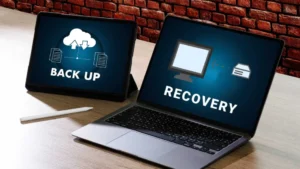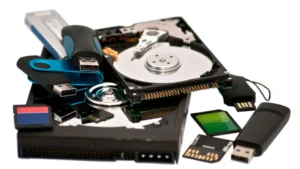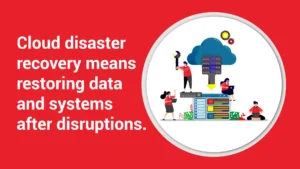In our last blog we talked about how to use email more effectively. We got some great reactions and comments about it. As mentioned, it was a part 1 of the New Year’s Resolutions, we are hearing often. So, what’s the second resolution business owners are making? “I want to use the phone more effectively.”
Our phones have become an attachment to our lives. We use them for entertainment, news, podcasts, audiobooks, e-books, reading email, texting, social media and yes, even calling someone. We have even seen memes where the phone becomes part of the hand and can’t even be separated. Some people even carry multiple phones to separate work and personal.
Many companies are still having employees work from home, or rotating employees who are in the office, to allow for social distancing. Businesses can’t afford to miss an important call just because that employee is working from home. We need reliable phone systems that allows our phone to follow us, not just sit on a desk in an office business.
But are you using your phone effectively? We offer these tips.
- Answer the Phone Appropriately
When answering a work phone, take a breath, smile, and answer the phone with your business and your name. Trust me, in the age of roto calls where apparently our Social Security number is at risk and our car warranty has expired, it’s easy to roll our eyes and answer the phone on autopilot, assuming it’s just another ‘junk call’. I get it. But answering distracted, you can easily lose that new customer. Also, attempt to limit the background noise. During these days of working from home, we all are more understanding of interruptions, dog barking and children playing. However, we can make attempts to limit these, so the caller knows that they are important. Also, it’s good to verify that you’re on the National Do Not Call Registry.
- Ask Preferred Way to Connect
It’s a little question, but the answer can make a major impact on your work relations with co-workers, clients, or vendors. “What is your preferred way to communicate?” Personally, I’m not a fan of text messages when it’s involving work. Emails can mark as unread or flagged to remind of work needed completed. Some clients, especially those age 40 and up, often prefer phone calls rather than text or even emails. It only takes a moment to ask, and then respect their preference. This leads to better customer service and loyalty.
- Return a Call With a Call.
If a client leaves a message, they expect a call back. Unless there is something in the message requesting that a change of methods, the general rule is to keep with the method of communication. That means answer a text message with text, an email replies to an email, and a telephone call receives a callback.
- Review Your Notifications
Every app on your cellular phone will want to push notifications. You might want to know if you receive a new email message, but do you really need to know that your favorite YouTube Comedian just released a new video during your workday? Go into your phone settings and turn off your notifications for apps that don’t need immediate action.
- Prioritize Your Phone Usage
Now I’m starting this one with a disclaimer: In some industries, you can’t ignore a ringing phone. If that’s your situation, then please take what you can from this tip even if you can’t use it fully.
Telephone calls are an interruption to your workflow. You’re in the middle of generating a detailed report and the phone rings, suddenly your mind is on the call and interrupting your work. You take care of the caller and then try to get back to the report, but you’re struggling to get back into that flow. For that reason, there’s time that you need to prioritize your workflow. That means putting your phone on Do Not Disturb or Silent, and let the calls go to voice mail. Then schedule a time in your day to listen to those voice mail, read text and reply to them. Also book in any calls you need to make during this time. We recommend that you include in your voice mail message that you return all voice mails at a certain time, so that callers know when to expect a call. Executives say they schedule 3 “phone blocks” in their days – first thing in the morning, right after lunch, and shortly before the end of the day.
- Keep the Client Informed.
When you need to use hold or transfer a caller, be sure to tell the client that you are doing so. Asking permission to put a caller on hold shows that you respect their time. When you transfer a call, you can’t always know that the other person is available, so let the caller know that they might get voice mail. Before transferring, get the caller’s name and telephone number in case of a disconnection. Mistakes happen, so be proactive. Do you really want to give the ‘boss’ the message “someone called for you, but got disconnected when I tried to transfer them…but I don’t have their number or name”?
- Respect Your Time & Theirs.
A telephone call is an unexpected interruption, as we said already. Therefore, when possible, schedule a time to call the person. That allows them to prepare for your call. Likewise, if you say a return call will come by a certain time, be sure to make that deadline. When you are making the call, don’t jump right into what you need. Pause and ask if it’s a good time to talk. If the caller says no, then ask when a better time would be, and note it on your calendar.
We hope these tips help you and your staff use your phone time more effectively. If your phone system isn’t allowing your business to run as effectively as it should, give us a call. We would be happy to help.









